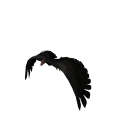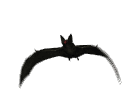

Evidence From Comparative Morphology
Comparative morphology provides good evidence of descent with modification as revealed by the study of homologous structures. This involves comparing body forms and structures of major lineages. The guiding principle that is used is that when it comes to introducing change in morphology, evolution tends to follow the path of least resistance.


Morphological Divergence
Morphological Convergence
Analogous body parts are used to accomplish similar functions in dissimilar and distantly related species. Individuals of different lineages evolve in similar ways under similar environmental pressures. This produces analogous structures that serve similar functions. Morphological convergence is the adoption of similar function over periods of time but with no purposeful direction. A good example of analogy is the similarity of function but not structure of the forelimbs of sharks, penguins, and porpoises.